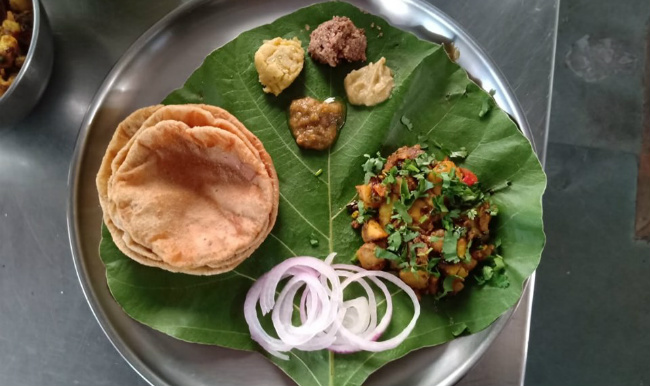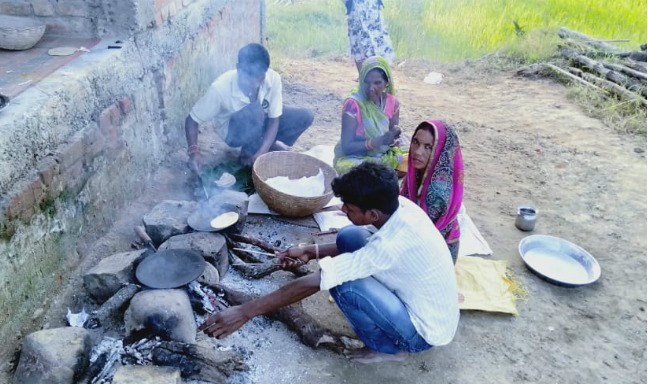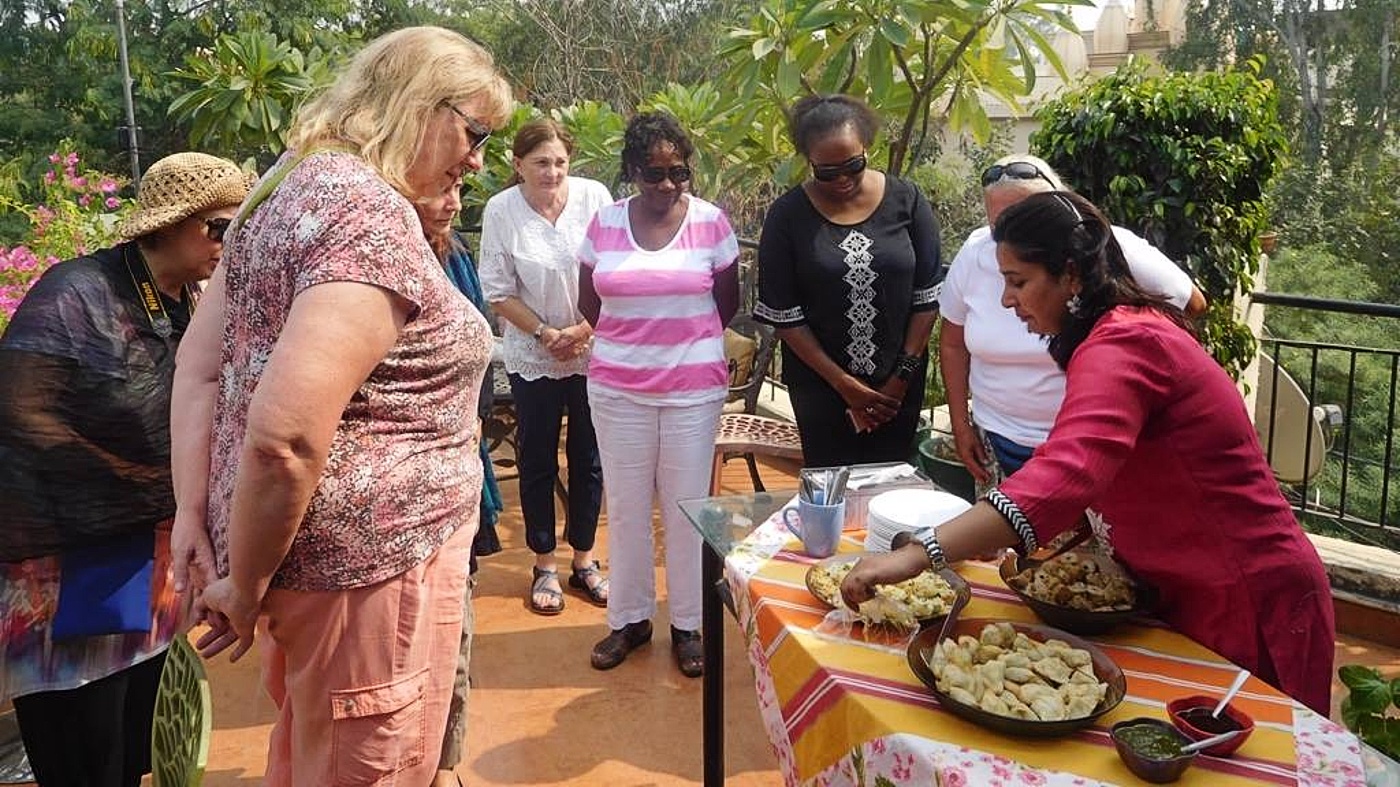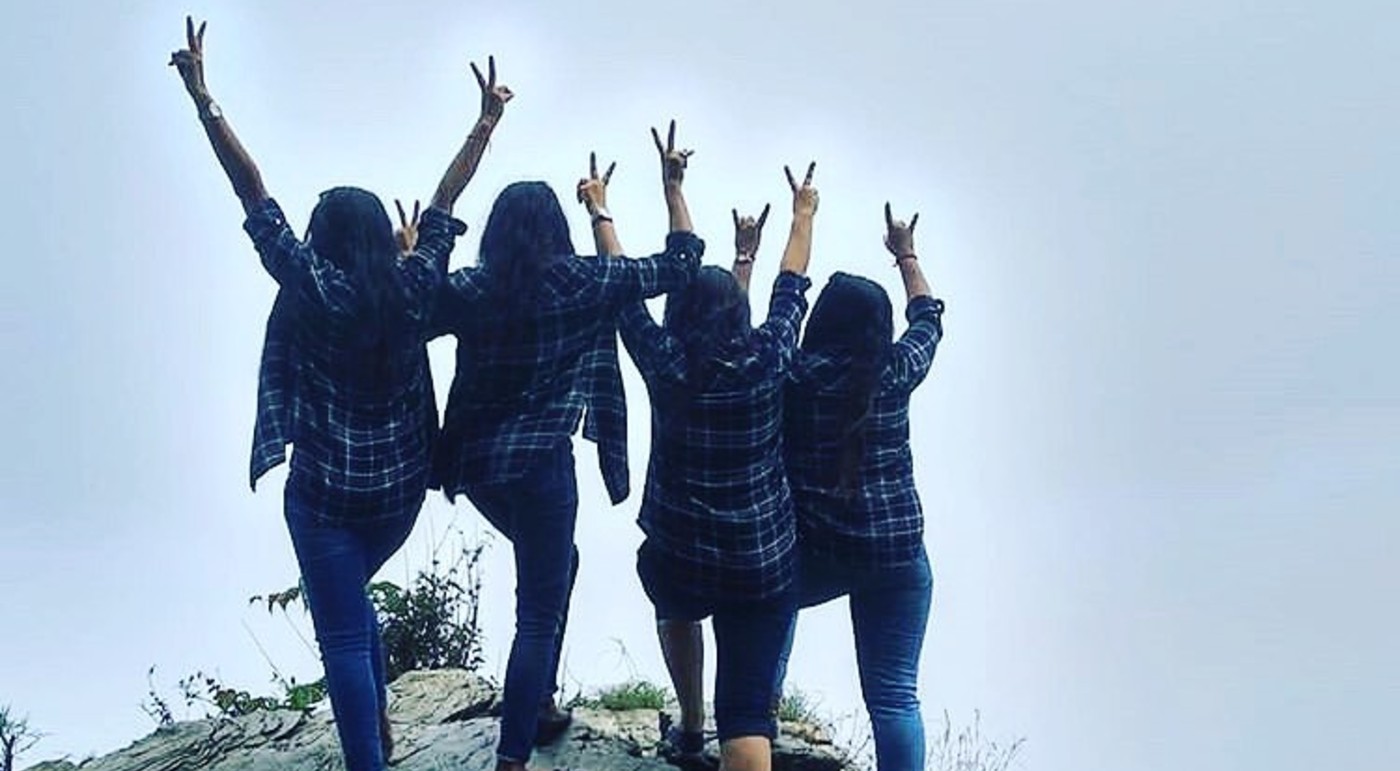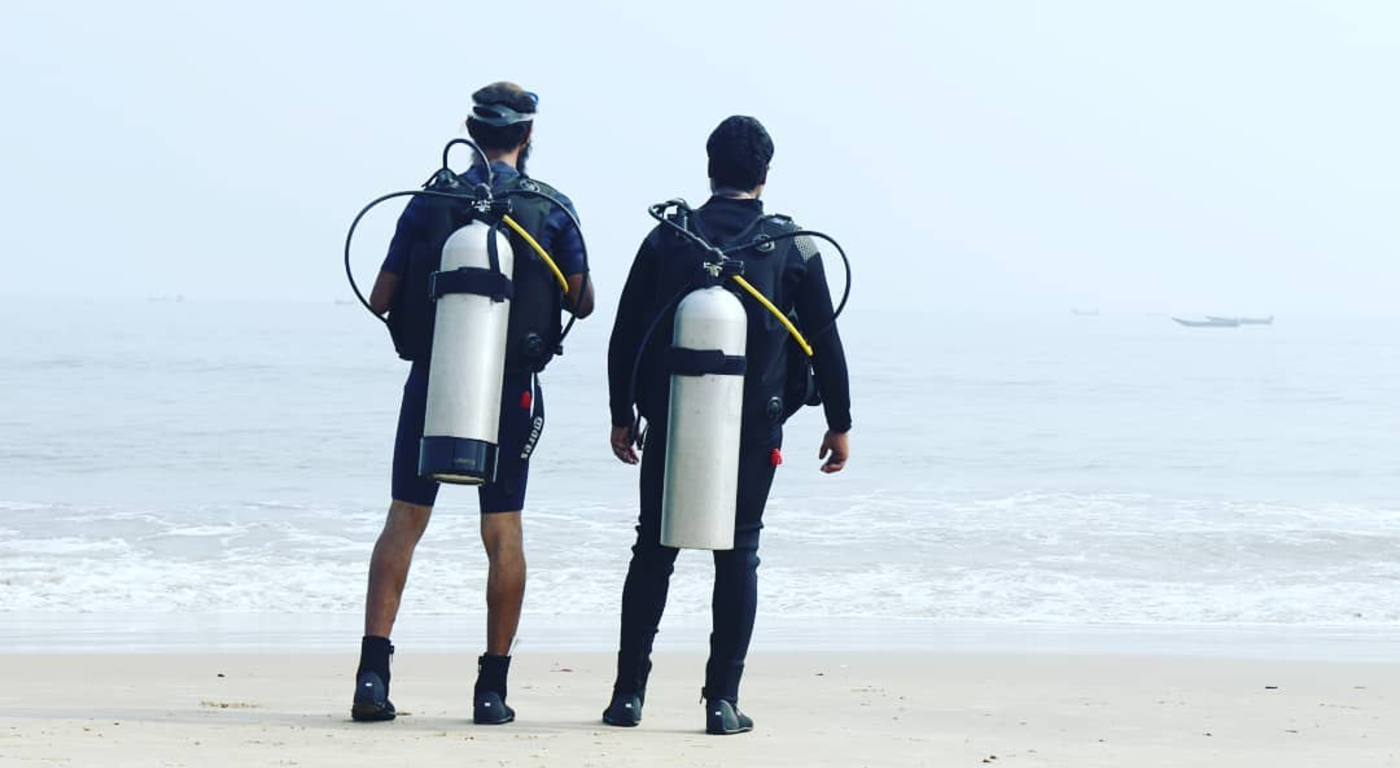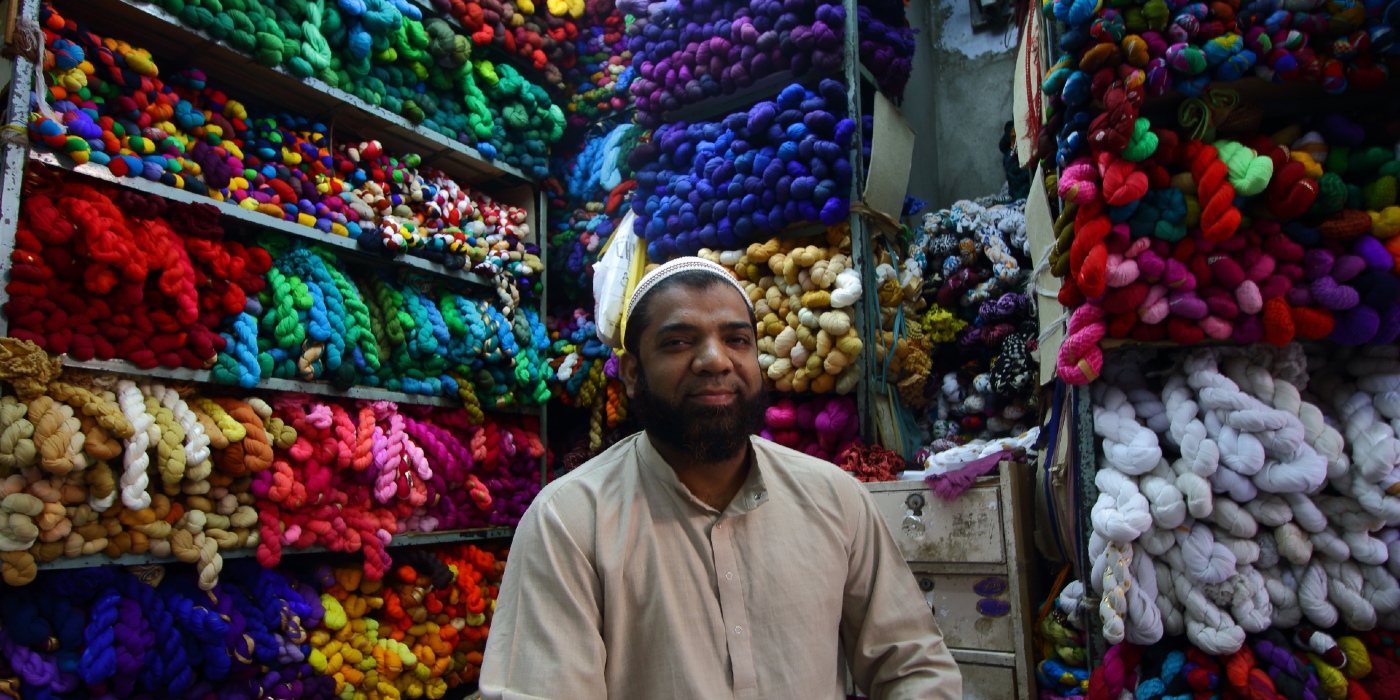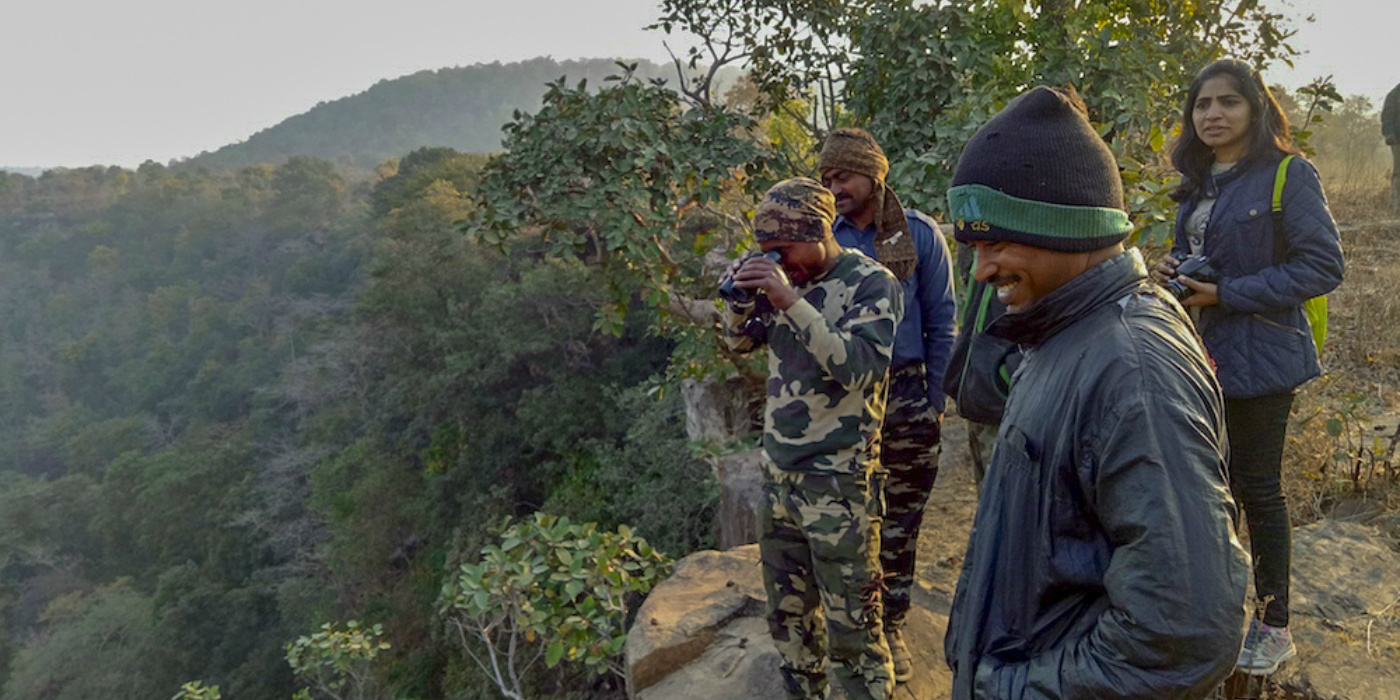
Madhya Pradesh (Kanha, Panna and Bandhavgarh)
Imagine making your way through deep forest with an expert guide who can ‘read’ the land and share the many tales that each marking on a forest path tells and who can speak the language of the birds and animals. This is what you get to experience when you go on a ‘Walk with the Pardhis’ in Panna—one of the immersive community-based experiences that the Last Wilderness Foundation has curated in Madhya Pradesh.
The Last Wilderness Foundation is a wildlife conservation focussed organisation that has been working with local communities in the wildlife areas of Kanha, Panna and Bandhavgarh in Madhya Pradesh and the Forest Department since 2009 to find practical and on-ground solutions for local challenges that help improve the quality of life of the communities and directly or indirectly help protect forests and wildlife. Last Wilderness Foundation has created a slew of programmes that is aimed at minimising human-animal conflict and also to help the forest communities gain from protecting the wildlife and forest ecosystems. It runs awareness camps for children in the forest areas and in urban centres, guide training programmes for members of the local tribes, livelihood projects for local tribes aimed at preserving traditional crafts and to reduce the dependence on forest resource, nature camps for the visually impaired and other capacity building and training programmes for forest guards and local villagers.
As part of its livelihood enhancement programmes, the Last Wilderness Foundation started creating tourism-related initiatives. The following are the primary tourism-related initiatives in Kanha, Panna and Bandhavgarh:
1. Walk with the Pardhis: The Pardhis are an indigenous nomadic community who have been hired for ‘shikars’ from the time of the Mughals. They are trackers par excellence and can ‘read’ the forest like no one else can. To use their traditional knowledge and to help them be gainfully employed, the Last Wilderness Foundation created this programme. The idea is to take tourists on a walk in the wilderness and understand the forest as the community members do. These guides are also great mimics and can recreate the calls of many birds and animals. Tourists can also enjoy a demonstration on how a ‘teetar’ whistle or hand-carved bead is made. While the whistle is said to perfectly imitate the call of the Francolin and is made from the wood of the khair or tendu tree, the hand-carved bead has motifs from the wilderness. These products make for beautiful wildlife collectables and, apart from giving a source of livelihood to the Pardhi community members, also help in the preservation of the community’s skillsets and culture.
2. Village walks and local food experience: Travellers can also visit the villages in the buffer zones of these sanctuaries and interact with the local community members. This will an opportunity for knowledge exchange as the visitors can learn about the heritage, culture and traditions of the local people and also understand how the communities have lived in harmony with the forests for generations and have, in fact, acted as guardians of the forests. The Last Wilderness Foundation facilitates this interaction. The foundation in association with Taj Safaris has also conducted culinary training programmes for local village women, so guests can enjoy a lunch that highlights the local cuisine that is made to the exacting standards that urban travellers could have.
3. Baiga jewellery workshop: In Kanha, the foundation works with the Baiga community in the buffer zone of the reserve across four villages with a workforce of 40-plus women. The initiative is to provide an alternative source of livelihood to the women by encouraging them to make traditional jewellery worn by them, which is in turn marketed by the foundation with a partner organisation. Before the inception of the project, women used to spend a good part of their time in the forest to collect leaves to make bowls and plates, which increased the chances of coming in contact with wild animals. This initiative reduces the dependency on the forest and forest products as well as reduces human-wildlife conflict. It also helps preserve the community’s tradition of jewellery-making. The women conduct jewellery-making workshops for interested guests.
Apart from these experiences, tourists can also enjoy local cultural programmes like the beautiful karma/saila dance by the Gonds and Baiga community members. Such performances are not only a source of livelihood to the community members, but they also help sustain the culture of the local tribes.
So the next time you plan a trip to the forests of Madhya Pradesh, don’t just go on a safari; spend some time in the villages and with the local communities to understand their way of life.
Price: The cost varies according to experience. For instance, the fee for the Walk with the Pardhis is Rs 250 per person, while the fee for a village visit is Rs 2,000 per group and the fee for the jeweller-making workshop is Rs 4,000 per group.
Read more: www.thelastwilderness.org
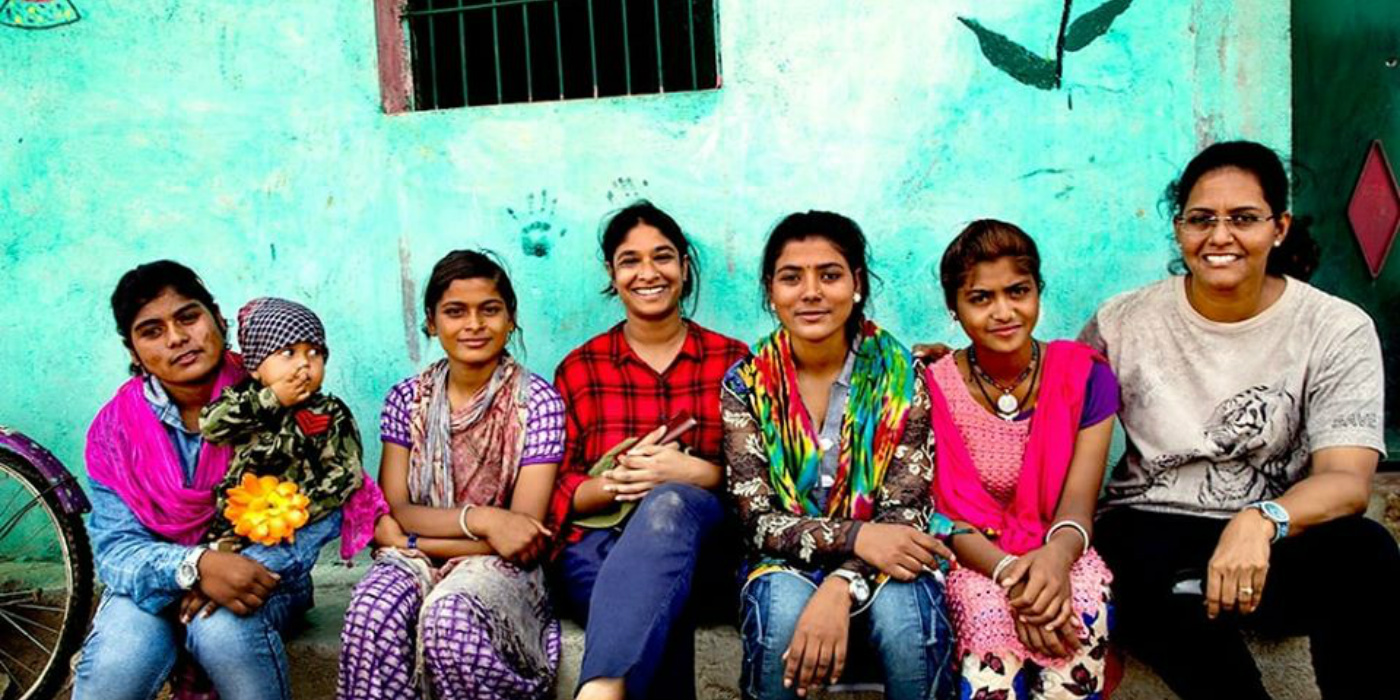
Slow Travel
The Last Wilderness Foundation is focused on the conservation and preservation of wildlife and forest ecosystems and works closely with the local communities and Forest Department to reduce human-animal conflict. The work it undertakes allows the community members to be less dependent on the forest and forest produce for their source of income and instead allows them to enjoy alternative sources of livelihood, which weans them away from the forest thereby helping in the preservation of the wilderness as well. The activities are socially responsible as they look to not only provide a source of income to the community members, but helps in the preservation of the culture and traditions of the community members.
